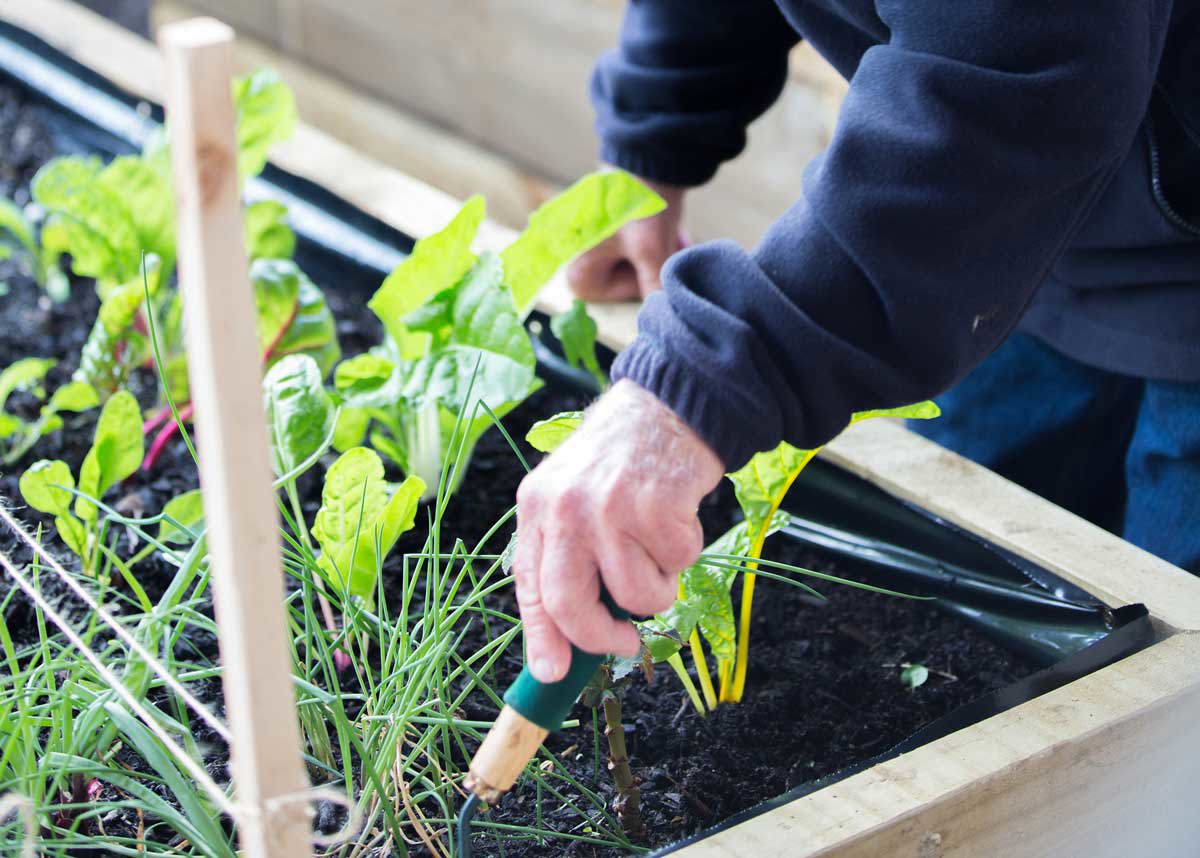
Vertical gardens
A vertical garden can add dimension and interest to your garden area, especially if you have limited space. All you need is a blank wall or bare fence that needs beautifying. A simple wooden pallet fixed to a wall or fence can provide the structure for your garden and is an inexpensive solution. Other options include using a series of old plastic gutters, wooden wall planters or pots mounted onto a vertical frame. You can grow a range of plants such as herbs, strawberries or flowering annuals.
Succulents
Succulents are colourful and versatile. They make cute table centrepieces and are easy to care for. Plant them in a sunny spot with free-draining soil. Succulents like the dry humidity and warm conditions found in most homes and while they like direct light, they can adapt to lower light. They prefer a fast-draining soil that's not watered too often. Allow the soil to dry out between watering. Succulents can be a great option if you live in a retirement village and are away frequently, as they don’t need too much water.
Edible flowers and herbs
Large pots with a range of edible flowers and herbs can look great and add flavour and colour to any dish you create. The most common (and safest) edible flowers are nasturtium, pansy, violet or calendula. A good rule of thumb is: if you cannot positively identify a flower as edible - don't eat it. Popular herbs include chives, sage thyme, parsley, oregano and basil. Many retirement village apartments have balconies, which is the perfect place for some favourite pots and planters.
Hanging baskets
Hanging baskets are a delightful way to add presence to entranceways, walls and pergolas. Use them to frame a window with beautiful flowers and foliage.
They can be used to grow vegetables, berries, and herbs as well. But remember, baskets need more watering than other pots and containers. They have air movement around them, so more water is required to replace what is lost through evaporation.
The choice of plants for hanging baskets is largely governed by their position. In full sun it’s hard to beat petunias for masses of summer colour. In semi-shade grow impatiens and in full shade try something like a maidenhair fern. Through the cooler months, popular options are cinerarias, primulas and polyanthus.
Smaller garden spaces require some creativity to ensure you get the most out of your garden. In many cases, your garden only needs to feed one or two people rather than a large family. If space is limited, choose flowers you enjoy, and plant crops you love to eat.

